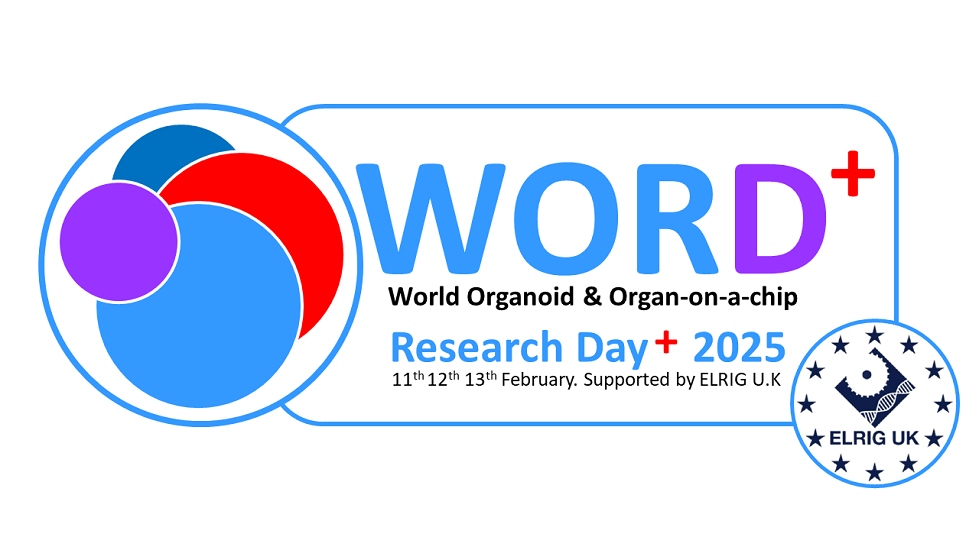Authors
D Stanco1; A Bogni2; M Paulis3; LA Clerbaux4; S Bremer-Hoffman2;
1 JRC Directorate F Health and Food, Ispra, IT, Italy; 2 JRC Directorate F Health and Food, Ispra, Italy; 3 CNR-IRGB,UOS of Milan, IT and Humanitas Clinical and Research Center IRCCS, Rozzano, IT, Italy; 4 Universitè Catolique Louvain, Brussels, Belgium
Overview
Since intestinal organoids (iHOs) mimic the physiology of the human intestine in vitro, they might be suitable as new approach methodology (NAM) for toxicity assessment of nanomaterials (NMs) in food. The European Food Safety Agency (EFSA) recommends in their guidance on risk assessment of nanomaterials the use of Adverse Outcome Pathways (AOPs) to assess side effects associated to nanomaterials in food.
Introduction
AOPs are essential for the implementation of a mechanistic-based hazard assessment for chemicals including NM, but AOPs for NM in food are still very limited. Anchored within this AOP mechanistic understanding, iHOs will provide the experimental evidence on the cellular uptake and translocation of NMs within the intestine. However, due to the complexity of the iHOs, it is required to establish of stringent quality criteria for their utilization in regulatory toxicity testing.
Methods
First, based on literature, AOPs were proposed for NM effects in the gut. Then, iPSC pluripotency and iHO formation were analysed by morphological observation in culture and by specific marker expression including SOX2, OCT4, NANOG, TRA-1-60, LGR5, VILLIN, MUCIN 2 at protein (IF staining) and gene level (qRT-PCR). Finally, the cytotoxicity of a carcinogenic chemical (Na2CrO4) and the Polystyrene nanoparticles (200nm) uptake was addressed by LDH assay and confocal microscopy, respectively.
Results
AOPs linking NM cellular uptake to intestinal toxicity were proposed depending on the cell type. The biological relevance of iHOs for in vitro toxicity testing has been shown by the expression of tissue specific markers and the presence of typical crypt-villus architectures. iPSCs expressing high level of pluripotency markers were used to demonstrate their capability to internalise polystyrene NM and iHOs exhibited sensitivity to Na2CrO4.
Conclusion
The study provided sights into the biological relevance of iPSC-derived cellular models for in vitro toxicity testing. Nevertheless, additional research is needed to establish readiness criteria of the in vitro tests that can inter alia demonstrate the toxicological relevance of iHOs for nanomaterial testing. Additionally, our AOPs will enable the integration of other pertinent NAMs with the appropriate key events, facilitating a mechanistic-based approach of risk assessment.

